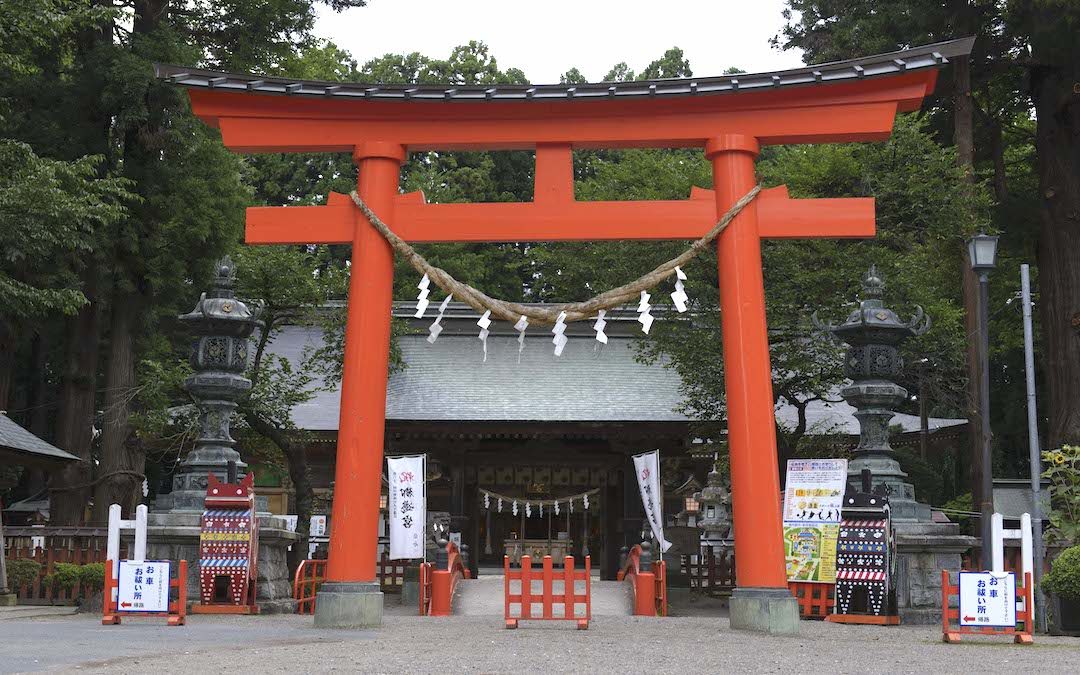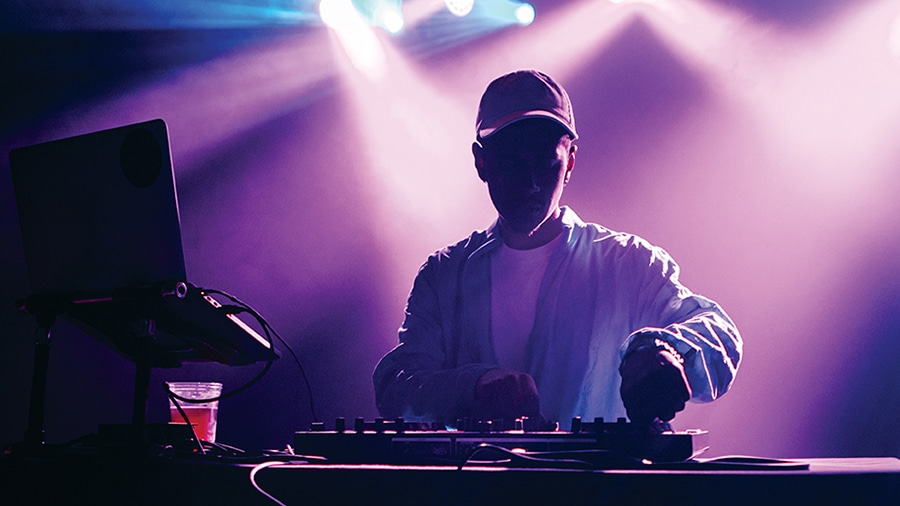New Year’s, or “shogatsu,” is the most important holiday in Japan and with it comes a fresh and hopeful start.
When in Rome, do as the Romans do, but when in Japan, what do the Japanese do? Well, by December 31st, everything should be wrapped up. All work is complete and homes go through a deep clean called “oosouji,” kind of like spring cleaning in December. Families work together to declutter, scrub and shine every nook and cranny. Entrances to homes are then embellished with decorations made of bamboo, plum and pine trees to welcome the new year. Families will send cards to each other, friends and co-workers, to be delivered on the first day of the year.
“Bonekai” parties are celebrations to forget the passing year’s worries and any hardships encountered along the way. Soba noodles are eaten on New Year’s Eve with family and friends. Made of buckwheat, these nourishing noodles represent longevity. Loved ones might play games together and usually hang out with Japan’s top music performers through the television screen. The popular modern music show “kohaku uta gassen” is a New Year’s Eve favorite.
In America, we might have pork and sauerkraut on hand when the clock strikes midnight, so that it’s the first thing to hit our bellies in the New Year, for good luck. Each family has its own tradition, usually adopted from our parents and grandparents. On New Year’s Day in Japan, it’s much the same. Osechi ryori, ozoni soup and otoso rice wine are served up. And much to their delight, children are given a bit of money too, called “otoshidama.”
Another tradition is to visit a shrine or temple during shogatsu and hear the bells ring at midnight. Popular shrines see millions of visitors, especially in Tokyo or large city areas. These events are televised across Japan as the nation celebrates as one. In the big cities the western countdown tradition has been adopted in places like Shibuya Square, Tokyo. The Emperor of Japan will address the public at the Tokyo Imperial Palace on January 2nd, one of only two times during the year that the public can enter the palace grounds.
We might stay up late partying in the western world, but in Japan the early bird gets the first sunrise of the year, “hatsu-hinode.” Watching the sunrise on the first day of the year is symbolic of a clean slate and a new beginning, free of stress, anger, or resentment to the past. New Year’s is not just a single day in Japan. It lasts from the first of the month through the third, with many shops, museums and restaurants closing so that families can spend time together. No work should occur during this time. Everything should be clean, organized and slowed, so that complete relaxation and joy can take place with a heart full of peace.
Throughout the new year, shrine visits begin with “hatsumode,” the first shrine visit of the year. New year hopefuls visit shrines all over Japan from the first through the third of January in hopes of a healthy year filled with happiness and luck. Festivities are held at nearly every shrine across Japan. Though many local businesses close, some retailers participate in “fukubukuro,” where stores fill bags full of surprise deals! These bags are very popular and customers will line up for the chance to get items at a fraction of their usual cost.
Temples and shrines operate in full force to provide spiritual guidance to anyone and everyone. Body and soul are cared for here and festivals are held. Local food and charms for luck are sold as charms from the past year are discarded. The most popular shrines in Japan include Meiji Shrine in Tokyo, Sumiyoshi Taisha in Osaka, Kyoto’s Fushimi Taishi and Tsuruoka Hachimangau in Kamakura, but there are countless temples and shrines all over Japan—Kyoto alone has around 2,000.
Being a visitor in Japan means that we all have the once-in-a-lifetime opportunity to experience a traditional Japanese New Year ourselves. You can visit one of the most popular shrines in Japan or one right here in your own neighborhood, including Kushihiki Hachiman, or Kabushima. If you find yourself able to attend a New Year’s festival during hatsumode, don’t turn it down. Each one is unique. In Fukuoka, groups of men participate in activities such as catching a sacred ball in order to bring luck in the new year. In the Fukushima Prefecture, young men splash freezing cold buckets of water on each other as an ancient community rite. And in the Akita Prefecture, a series of 11 traditional bugaku dances are held at the Dainichi-do Shrine. These are just a few of the tremendous traditional festivities that take place in Japan during the new year. Have you attended a traditional Japanese New Year’s celebration in Japan? We want to hear about it!



